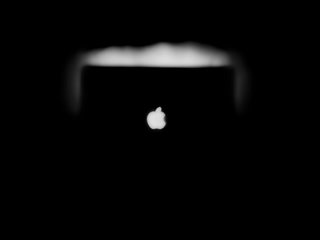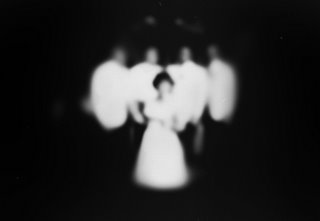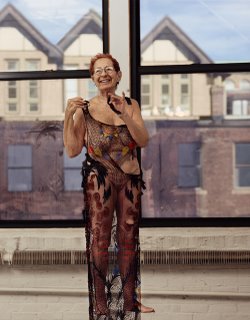
A report released by the shadowy Rand Corporation on Friday argues for greater collaboration among arts nonprofits to help them survive in what it sees as a tightening funding environment for the arts.
The report,
“Arts and Culture in the Metropolis: Strategies for Sustainability,” is of local interest because Boston was one of the 11 cities – including Baltimore, Charlotte, Chicago, Cleveland, Denver, Detroit, Minneapolis-St. Paul, Philadelphia, Phoenix and Pittsburgh – the authors examined. The report’s primary aim was to make suggestions for how Philadelphia could develop greater support for the arts.
The authors from Rand, a government-funded nonprofit whose trustees have included Condoleezza Rice, Donald Rumsfeld, Paul O’Neill, Michael Powell and Brent Scowcroft, provide little evidence for their claims, making it difficult to judge the merits of their prescriptions or even the extent of the problems they seek to address. And the 122-page document is as dry and boring as you’d expect such a report to be.
Boston led the communities studied with 5.78 "arts-presenting" organizations per 100,000 residents, based on year 2000 data. Minneapolis-St. Paul was the next closest with 4.38 per 100,000 residents, while the average was around 2.5 per 100,000. The authors said in Boston this corresponds to relatively high median family incomes ($64,538), percentage of adults with college degrees (34.4), and percentage of workforce in white-collar jobs (42.1).
The report looks favorably on Boston’s existing arts support structures, identifying the Mayor’s Office of Arts, Tourism and Special Events and the Arts and Business Council of Greater Boston, a private organization of business folks bent on fostering the arts, as the two major creative economy players in Boston. (Other significant local agencies like the Massachusetts Cultural Council or the Massachusetts Advocates for the Arts, Sciences and Humanities are basically overlooked by the report.) But the authors note that funding for Boston’s arts, tourism and special events office is less than similar cultural affairs offices in four other cities, with Boston’s budgeted at $1.5 million in 2005 compared to Chicago at $17 million; Charlotte, $16.5 million; Baltimore, $4.7 million; and Phoenix, $2.4 million. (I’m relying on the Rand report for all the numbers in this essay.)
Looking at arts nonprofits generally, the report argues that “after three and a half decades of unprecedented growth, the nonprofit arts face an environment that threatens to stunt that growth and raises the prospect of future consolidation.”
The authors say government funding for the arts has become more volatile and corporations are shifting their arts donations from general operating support to funding for specific programs and projects. Foundations, the authors say, are also moving toward more project-specific donations to promote specific social goals. And, they say, there is increasing competition among arts organizations for individual private donations as a greater variety of leisure activities cause potential donors to be less attached to specific cultural organizations. The upshot, the authors say, is that arts nonprofits must do more work for the donations they receive, and those donations come with more restrictions on how they can be spent.
I’m focusing here on the most compelling part of the report – many of the authors’ findings and suggestions are of the “duh” variety. For example, the smarty-pants Rand folks say “cities that view the arts as a central element of their economic development strategies … have greater resources for the arts and fewer threats to those resources.” Who’d a thunk it?
The most interesting argument the authors make is:
that while arts organizations have typically undertaken fundraising on an individual basis, they could be better served by addressing the whole sector. The traditional approach of fundraising for individual organizations raises the transaction costs for both the organizations and the funders, the report found, and can put smaller establishments at a disadvantage.
“Traditionally, arts organizations have operated in a competitive zero-sum environment, in which one group's gain was another's loss,” [co-author Liz] Ondaatje said. “The cultural sector as a whole would benefit from a more collaborative approach.”
The authors prescribe more joint fundraising, marketing and cultural facility planning. They also recommend that arts groups share space and equipment and go in together to get group rates on health and liability insurance.
It’s an interesting proposal, but, again, the authors offer little evidence to support their conclusions or fixes so it’s difficult to judge their merits. The cost-side suggestions seem plainly beneficial, but their revenue-side suggestions raise questions. To name one: Group fund-raising seems like it might help secure more government and individual donations, but how would it address the problem of corporate and foundation donors who want to make project-specific donations that restrict how the money can be used?


 They look like memories as seen with a strum of a harp in soft-focus movie flashbacks. Or TV with your glasses off.
They look like memories as seen with a strum of a harp in soft-focus movie flashbacks. Or TV with your glasses off.









